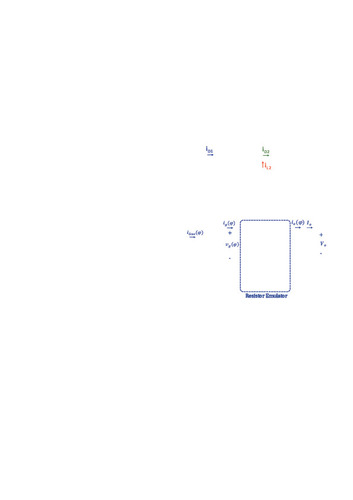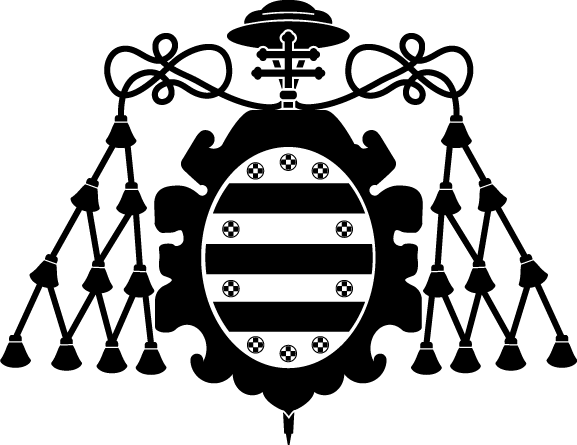Study of SEPIC and Cuk Converters Working as Automatic Power Factor Corrector when Operating in Unusual Discontinuous Conduction Modes
Palabra(s) clave:
Multiple discontinuous conduction modes
Power factor corrector
SEPIC
Cuk converters
Fecha de publicación:
Editorial:
IEEE
Resumen:
It is very well known that the SEPIC and C´ uk converters can operate as Automatic Power Factor Correctors (APFCs) when the converter diode stops conducting during the transistor OFF-state interval, thus achieving operation in the well-known Discontinuous Conduction Mode (DCM). In order to reduce de APFC size, the input inductance can be reduced. However, if that inductance is not high enough, not only the converter diode can stop conducting during the transistor OFFstate interval, but also the input rectifier diodes. Considering the number of diodes that can stop conducting, the aforementioned scenario leads to three DCMs and, consequently, the operation as APFC is not guaranteed anymore. In this paper, the line current waveform of SEPIC and C´ uk converters operating in any of the three aforementioned DCMs is studied in order to evaluate their operation as APFC. The results show that even in the unusual DCMs, the converters operate as quasi-ideal APFCs, thus allowing the design of these converters with lower value of the input inductance and, consequently, with higher power density. The analysis is validated with simulation and experimental results.
It is very well known that the SEPIC and C´ uk converters can operate as Automatic Power Factor Correctors (APFCs) when the converter diode stops conducting during the transistor OFF-state interval, thus achieving operation in the well-known Discontinuous Conduction Mode (DCM). In order to reduce de APFC size, the input inductance can be reduced. However, if that inductance is not high enough, not only the converter diode can stop conducting during the transistor OFFstate interval, but also the input rectifier diodes. Considering the number of diodes that can stop conducting, the aforementioned scenario leads to three DCMs and, consequently, the operation as APFC is not guaranteed anymore. In this paper, the line current waveform of SEPIC and C´ uk converters operating in any of the three aforementioned DCMs is studied in order to evaluate their operation as APFC. The results show that even in the unusual DCMs, the converters operate as quasi-ideal APFCs, thus allowing the design of these converters with lower value of the input inductance and, consequently, with higher power density. The analysis is validated with simulation and experimental results.
Descripción:
Applied Power Electronics Conference and Exposition (2024. Long Beach, USA)
Patrocinado por:
This work was supported in part by the Spanish Government under research projects PID2021-127707OB-C21 and PID2022-136969OB-I00. This work was also supported by the Principado de Asturias Government under project SV-PA-21-AYUD/2021/51931 and by the FEDER funding.
Colecciones
Ficheros en el ítem




